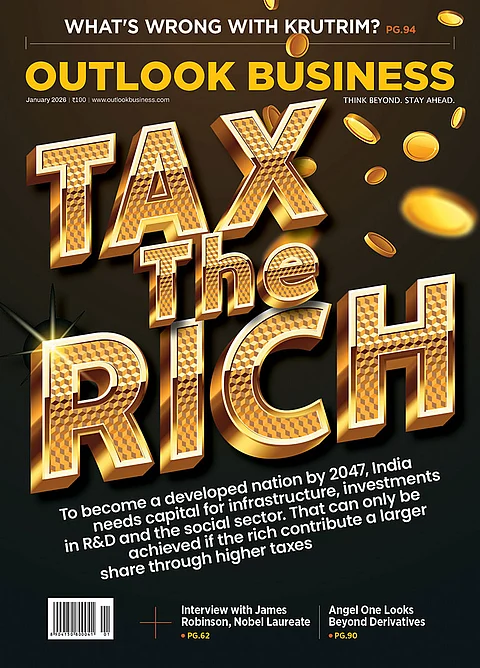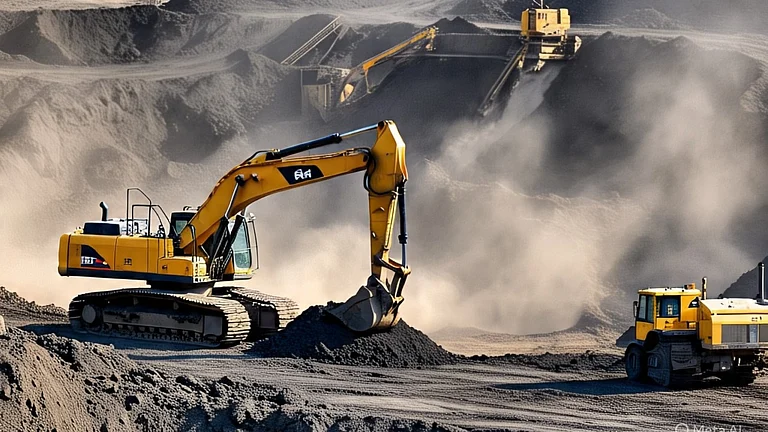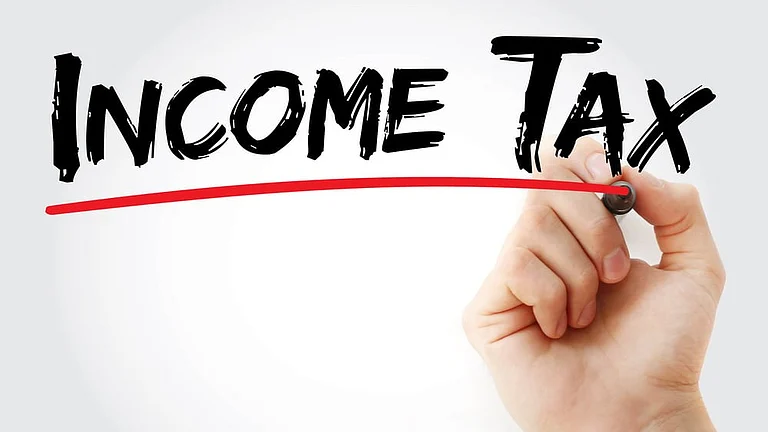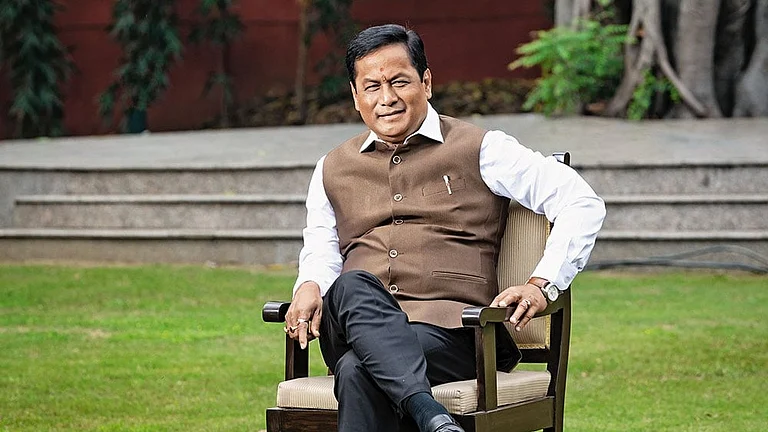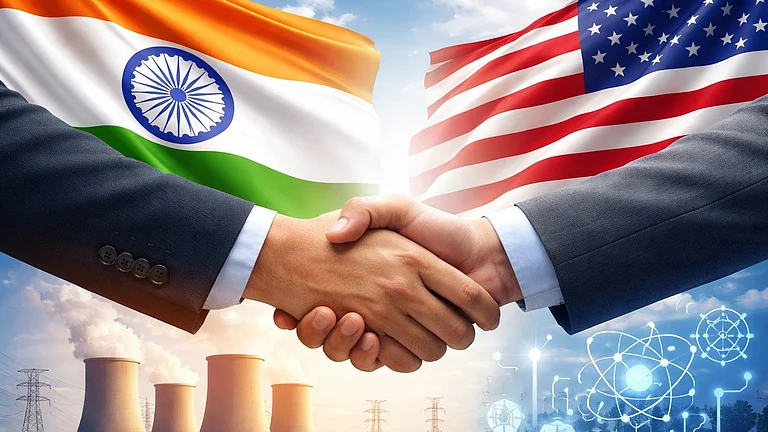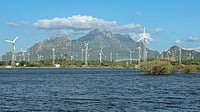
Parivesh 2.0 portal now includes a special category to expedite clearances for projects involving 24 critical strategic minerals.
Despite faster approvals, projects must still comply with Forest Act and EIA rules, ensuring legal safeguards are not bypassed.
Critical minerals like lithium and cobalt are vital to India’s clean energy shift, but import dependence remains high for now.
The environment ministry has set up a separate category on its online clearance portal to speed up approvals for mining projects involving critical minerals, govt told Lok Sabha on August 18.
In response to a Parliament question, Minister of State for Environment Kirti Vardhan Singh said the mines ministry had in February requested faster clearances for such projects, after which the new facility was added to the Parivesh 2.0 portal on March 13.
This step comes after amendments to the Mines and Minerals (Development and Regulation) Act, 1957, which gave the Centre powers to auction 24 minerals identified as critical and strategic.
These include lithium, nickel, tungsten, titanium and graphite, which India largely imports but needs for sectors such as defence, electronics and renewable energy.
So far, 34 blocks of these minerals have been auctioned across the country, the minister said, adding they are vital to meeting India’s goal of becoming self-reliant in key materials for the energy transition and its net zero target of 2070.
Clearances Without Legal Compromise
Singh also said that projects will not get any exemption from the Forest Conservation Act, 1980, or the Environment Impact Assessment (EIA) Notification, 2006.
The new sub-category on the portal has only been created to improve monitoring of proposals that need central approval under the forest law, he said.
He also informed the House that detailed guidelines were issued on March 17, 2025, for linear projects such as highways and railways. These allow the extraction of more than 20,000 cubic metres of ordinary earth without a separate environmental clearance, subject to conditions laid down under the amended EIA rules.
A study by the Energy Economics and Financial Analysis (IEEFA), published in October 2024, said that India relies heavily on imports for energy transition minerals and their compounds. The report also noted that India has a 100% import dependency on lithium, cobalt and nickel minerals. Predicting that this reliance will likely persist, the IEEFA study stated that the the demand for critical minerals is expected to more than double by 2030, while domestic mining projects could take over a decade to become operational.
India's strategic goal to secure resources essential for the defence, high-tech, and clean energy sectors is reflected in its push to expedite clearances for mining critical minerals. With 34 auctioned blocks and no exemptions from environmental laws, the effort underscores both ambition and adherence to regulatory safeguards, according to Business Standard.
(With inputs from PTI.)






